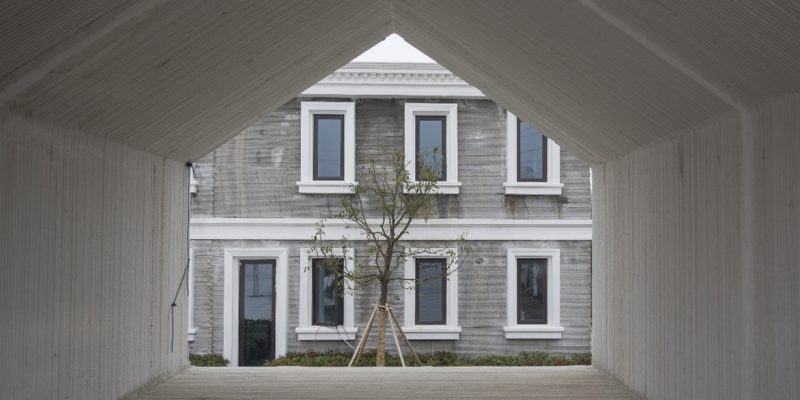Is 3D printing a valid option in the construction of buildings?
3d printing for the construction industry is a rarity. Following over-egged claims made by the media and failures to meet these claims, the industry has been somewhat shrouded in scepticism.
At first, the apparently ‘leading’ names in the industry would make out that the possibilities were almost endless for what could be printed.
Stories released to the mainstream media boasted of homes built in under 24 hours, or more accurately, printed.
Headlines that promised these capabilities were eye-catching, of course. Attention is given where attention is due, and if houses could be printed out of thin air within the day, due attention is.
In reality, this kind of feat wasn’t strictly possible.
Truthfully, the kind of 3D printers used in the construction industry are able to create concrete walls, but cannot produce floors, roofs, plumbing systems or windows.
With good reason, the initial excitement around the subject had to be dialled back.
But it’s not all bad news for 3D printers.
In fact, the technology is quite promising.
The most obvious benefit is the reduction of labour required on site. With 3D printing, no formworks are required. Formworks create temporary moulds in which concrete can be poured and set. These are usually timber, and so this material can be saved here.
Because no formworks are needed, this also allows for more creative geometries without an extra cost.
As with most technologies which replace a human element, the quality of the product has been questioned. Some of the combinations used have a comparatively low gravel content to make the mixture easier to deal with, but this could potentially weaken the final result.
The real progress being made in this industry is happening in the US. There are now (very few) actual 3D printed houses for sale.
As we know, they can’t be entirely printed, but some crucial elements are. It isn’t as giant a step as some had hoped. We can’t boast of houses popping up overnight as a result of new technologies. But this could be a step in the right direction for a couple of reasons:
The reduction of materials used in the construction industry is a big consideration here. If there is a reduced production line, less time spent and a reduction of waste products like framework timber, the overall energy used to build houses is reduced.
Any progress which could reduce energy output should be encouraged, right?
Only time will tell how useful these tools will be on a large scale. In the world of renewable architecture, however, all avenues should be considered.
Graphite isn’t used to 3D print walls, but it is used in the construction industry. Manufacturers of gypsum plasterboard and cement use graphite throughout their processes. Find out more at our Products & Industries page.

